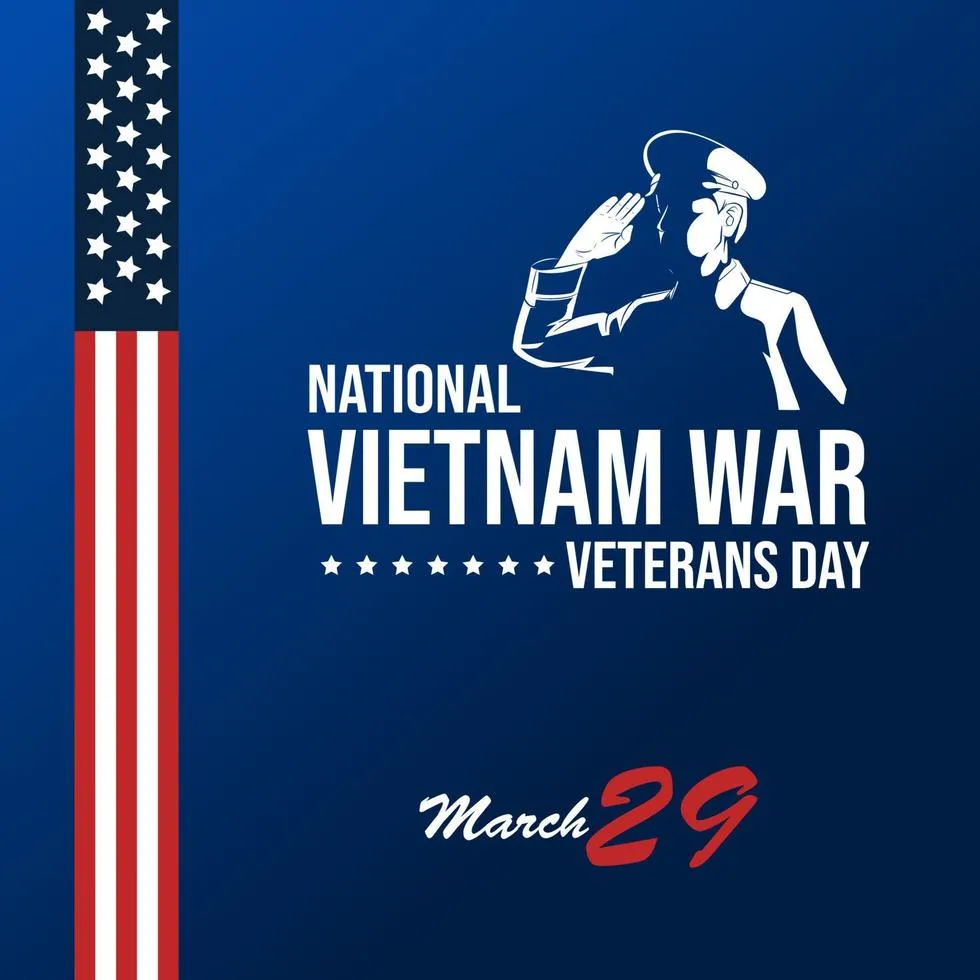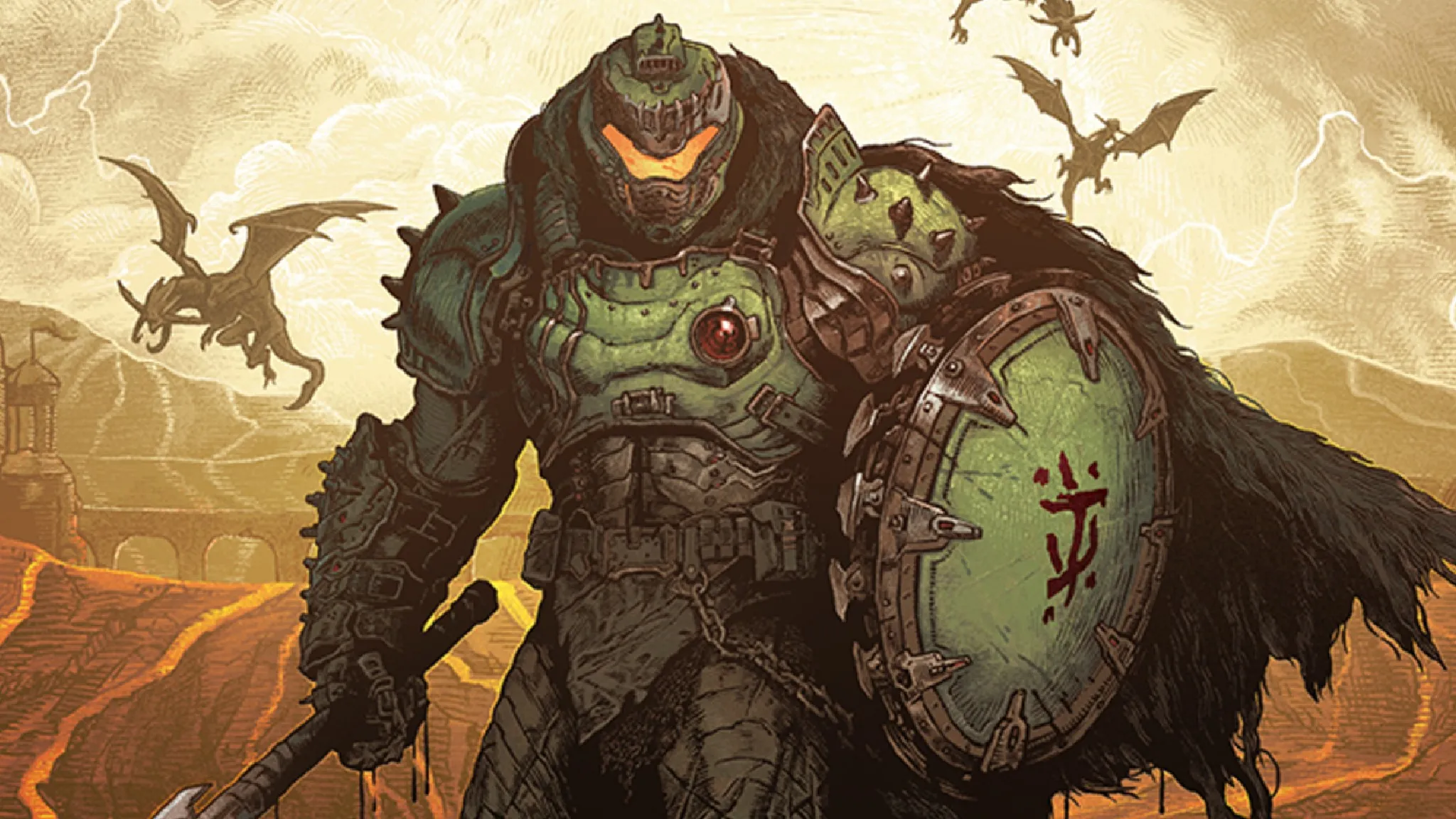Unraveling the Vietnam War: Lessons from America’s Most Controversial Conflict
The Vietnam War, a conflict that spanned from 1954 to 1975, remains one of the most contentious chapters in American history. Emerging from the ashes of French colonial rule, Vietnam was divided into communist North Vietnam and U.S.-backed South Vietnam. This division was not merely a local issue; it was a significant front in the larger Cold War, where the United States sought to contain the spread of communism in Southeast Asia.
Who Were the Major Participants?
The war primarily involved North Vietnam, supported by the Soviet Union and China, and South Vietnam, backed by the United States and other anti-communist allies, including South Korea, Australia, and Thailand. This international involvement underscored the war’s significance as a battleground for ideological supremacy during the Cold War era.
What Sparked U.S. Involvement?
The Gulf of Tonkin Incident in 1964 was a pivotal moment that escalated U.S. involvement. An alleged attack on U.S. naval vessels led to the Gulf of Tonkin Resolution, which granted President Lyndon Johnson broad powers to increase military engagement in Vietnam. This marked the beginning of a significant escalation, with U.S. combat troops being deployed in large numbers by 1965.
How Did the War Escalate?
By 1969, U.S. troop levels peaked at over 500,000 personnel. The conflict saw extensive use of air power and ground troops in an attempt to combat the Viet Cong and North Vietnamese forces. The war’s intensity was marked by several key battles, including:
- Battle of Dien Bien Phu (1954): A decisive defeat for French forces that marked the end of colonial rule.
- Tet Offensive (1968): A major coordinated attack by North Vietnamese forces that shocked the American public and shifted sentiment against the war, despite being a military failure for the North.
- Battle of Ia Drang Valley (1965): The first major battle between American and North Vietnamese forces, demonstrating the effectiveness of air mobility tactics.
What Was the Human Cost?
The human cost of the Vietnam War was staggering. Approximately 58,000 American soldiers lost their lives, while estimates suggest that 1-2 million Vietnamese died, including a significant number of civilians. Overall, the total casualties across all involved nations reached around 3 million. This immense loss of life raised profound ethical questions about the war’s justification and execution.
What Were the Major Atrocities?
One of the most notorious incidents was the My Lai Massacre in 1968, where U.S. troops killed hundreds of unarmed Vietnamese civilians. This event led to widespread outrage and further fueled anti-war sentiment in the United States. The My Lai Massacre became a symbol of the moral failures of the war and highlighted the need for accountability in military operations.
How Did U.S. Policy Change?
In response to growing discontent, President Richard Nixon introduced the Vietnamization Policy in 1969. This strategy aimed to reduce American involvement by transferring combat responsibilities to South Vietnamese forces while gradually withdrawing U.S. troops. The policy reflected a shift in U.S. strategy, acknowledging the need for a sustainable exit from the conflict.
What Led to the End of U.S. Involvement?
A ceasefire was reached in January 1973, leading to the withdrawal of U.S. forces. However, fighting continued until the fall of Saigon on April 30, 1975, when North Vietnamese troops captured the capital of South Vietnam. This marked the official end of the Vietnam War and the reunification of Vietnam under communist control.
What Is the Legacy of the Vietnam War?
The Vietnam War left a profound impact on American society. It sparked widespread protests against military intervention and led to significant changes in U.S. foreign policy, including the War Powers Act of 1973, which limited presidential powers to engage in military actions without Congressional approval. The war’s legacy continues to influence American political discourse and military strategy.
How Has the War Been Remembered?
Culturally, the Vietnam War has been a subject of extensive reflection through literature, films, and memorials. The Vietnam Veterans Memorial in Washington D.C. stands as a poignant reminder of those who served and died during the conflict. It serves not only as a tribute but also as a space for healing and remembrance.
In conclusion, the Vietnam War remains a complex and multifaceted conflict that offers valuable lessons for contemporary society. Understanding its history, the human cost, and the political ramifications can help inform current discussions about military intervention and foreign policy. As we continue to unravel the intricacies of this controversial conflict, it is essential to remember the sacrifices made and the enduring impact on both Vietnam






Leave a Comment